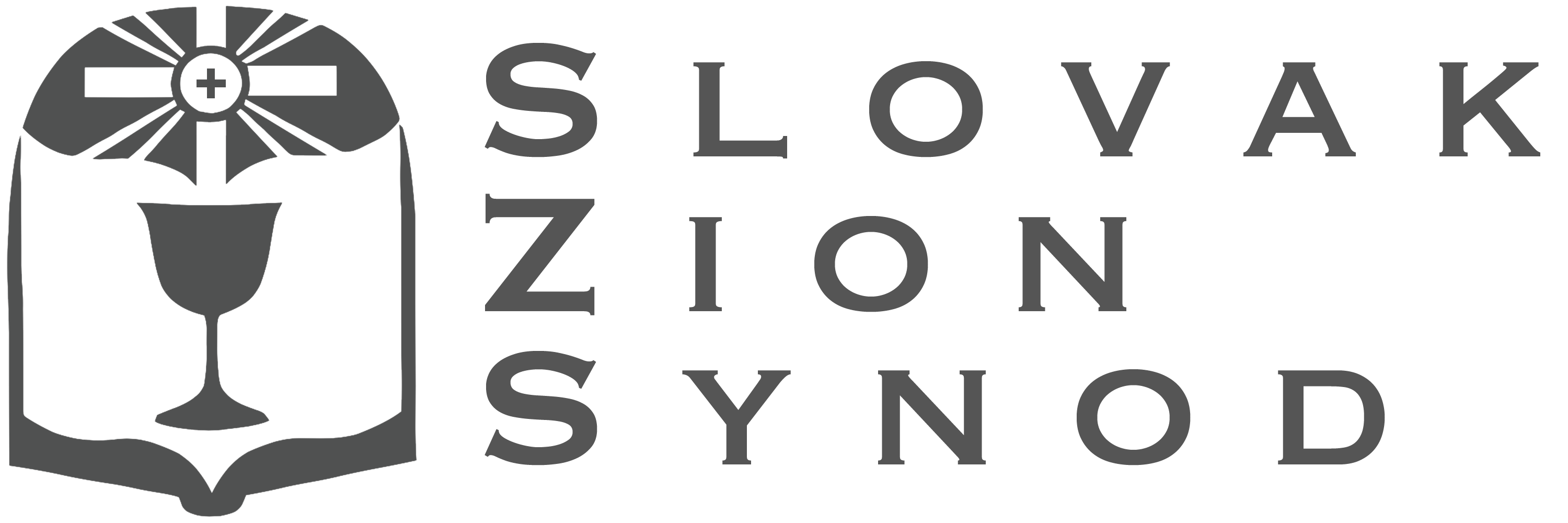TORRINGTON, CONN (SZS) — On October 31, 2017, we will commemorate the 500th year following the birth spark of the Reformation: on that day in 1517, Dr. Martin Luther publicly posted his 95 Theses which highlighted his dispute over the power of indulgences. Since the Reformation quickly spread into the region of modern-day Slovakia, and had significant influence over society and spiritual and cultural life there ever since, it was determined that an international symposium would be an excellent way of academically marking this major milestone.
Therefore, from September 12 – 15th, the Evangelical Lutheran Theological Faculty of Comenius University in Bratislava presented an International Scientific Symposium honoring the 500 Years of Reformation in Slovakia. Scholars from a variety of fields were invited to present their research pertaining to the impact of the Reformation on spiritual, historical, cultural, sociological, and artistic development in Slovakia. They represented numerous countries and religious backgrounds.
The symposium took place under the auspices of Mr. Andrej Kiska, the President of the Slovak Republic and was sponsored by numerous Slovak and international organizations, including the Slovak Zion Synod—ELCA. As a guest of the symposium, the Rev. Bishop Wilma S. Kucharek, from the Slovak Zion Synod, was invited to give welcoming remarks at the opening of the symposium. A highlight of the first day was the unveiling of a painting commissioned for this occasion which honored the 500th anniversary; the artist, Jan Glozik, an internationally known Slovak artist from Serbia, depicted how the roots of Luther’s reformation spread beyond Germany into the Slavic lands, and from there to the new world.
Keynote speakers included the Rev. Dr. Robert A. Kolb and the Rev. Dr. Ĺubomír Batka, Dean of the seminary, co-editors of The Oxford Handbook of Martin Luther’s Theology. Keynote presentations highlighted the spread of the Wittenberg message beyond German borders, the Reformation in the territories of Slovakia, Reformation in the Orient, the Interpretation of Scripture in the development of Lutheran monasticism, and Reforming the Reformer (Reading Paul with Luther in Contemporary Europe).
Participants had the opportunity over several days to attend a number of scholarly presentations in the areas of Biblical Hermeneutics, History, Theology and Philosophy, and Literature and Culture, Sacred Art; these were presented in Slovak, English, Czech, and German. The Rev. Thomas S. Drobena, from the Slovak Zion Synod, as well as graduate students known to us in the Synod from their prior participation in our seminarian trainee program, were among those who offered presentations.
Graduate students and seminary staff, under the able direction of Dean Batka and Dr. Maroš Nicák kept things running smoothly. The organizing committee of Batka and Nicák are to be commended for the immense amount of work which was put into organizing and producing such a monumental event, an event which will have its own influence in years to come.








You must be logged in to post a comment.